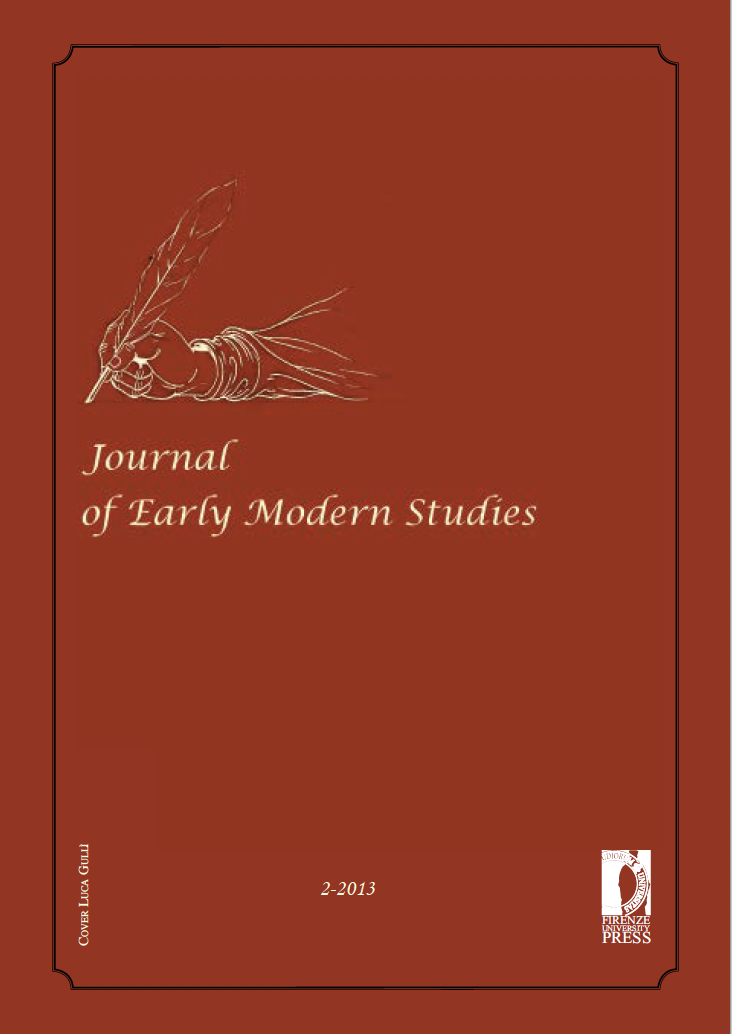Abstract
The Shakespearean hobby-horse, mentioned emphatically in Hamlet, brings into focus a number of problems related to early modern popular culture. In the late sixteenth and early seventeenth centuries the word was characterised by semantic ambivalence, with simultaneously valid meanings of a breed of horse, a morris character, a foolish person, and a wanton woman. The overlapping of these meanings in different cultural discourses of the age (playtexts, emblem books, popular verse, pictures) exemplifies the interaction of different productions of early modern popular culture, from social humiliating practices to festivals and public playhouses. This attests to a complex circulation of cultural memory regarding symbols of popular culture, paradoxically both ‘forgotten’ and ‘remembered’ as a basically oral-ritual culture was transformed into written forms. In this context, the Hamletian passage gains new overtones, while the different versions of the playtext (Q1 & 2: 1603, 1604, F: 1623) also offer insights into the changing attitudes regarding popular culture, as it became gradually commercialised and politicised in the following decades. Finally, Shakespeare’s The Winter’s Tale and Jonson’s Bartholomew Fair solidify a critical and sceptical attitude, which seems to have signalled the end of ‘Merry Old England’ on-stage and off-stage as well.


